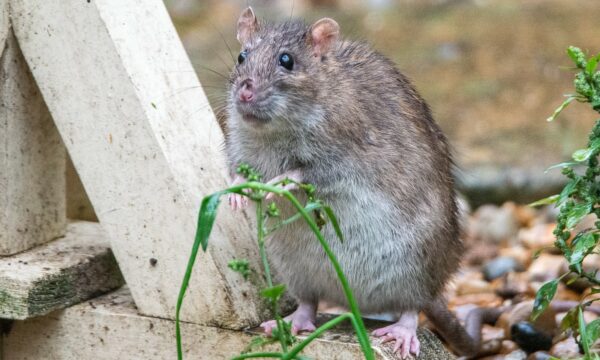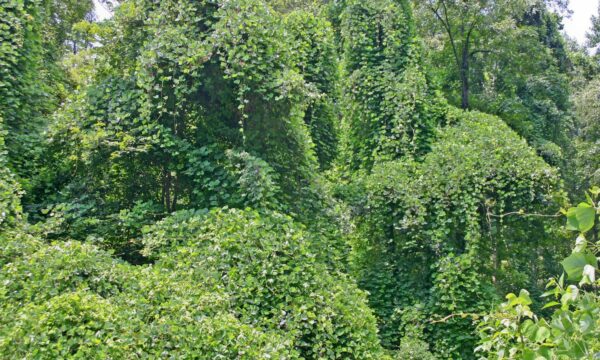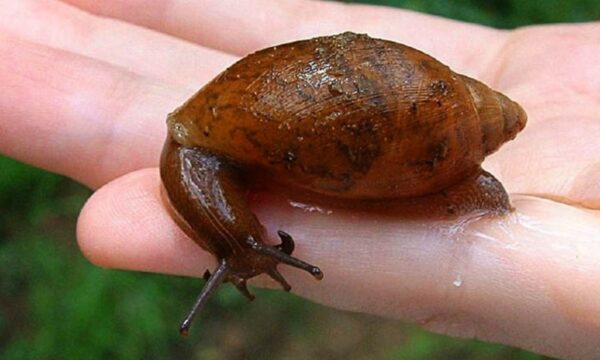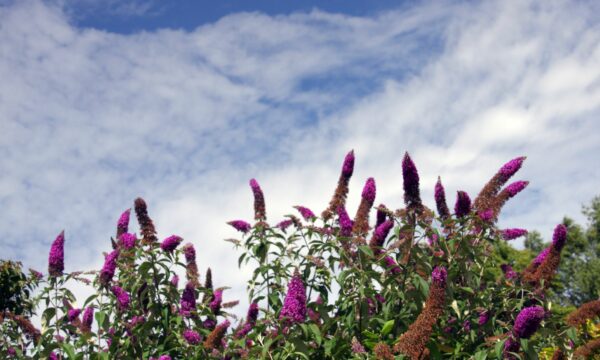In August 2014 the following datasheets were published on CABI’s Invasive Species Compendium (ISC). You can explore the open-access ISC here: www.cabi.org/isc
Lepus europaeus (European hare) – the European hare has been widely introduced by humans from its original range in continental Europe and has successfully established populations in South Sweden, North and South America, Australia, New Zealand, Ireland and several Mediterranean and tropical islands. In its introduced range it can cause significant agricultural damage and compete or hybridise with native fauna. Conversely, populations have declined across much of its native range.
Myxobolus cerebralis (whirling disease agent) – this member of the parasitic myxozoan group causes whirling disease of salmon and trout, which causes fish to swim erratically, making feeding and avoiding predators difficult. M. cerebralis was first reported in Germany in the late 1890s, but, acting in cahoots with its invertebrate host, the sludge worm Tubifex tubifex, it has since spread throughout Europe. The international fish trade has helped it reach Africa, Lebanon, New Zealand and North America, where it may pose a risk to native fish species.
Ardisia crenata (coral berry) – native to east and southeast Asia, this evergreen shrub has introduced around the world and is widely cultivated as an ornamental plant. It invades forest margins and understory, where it can reduce light levels by 70%, thereby shading out native plants.
Other invasive species datasheets recently published include:
Alysicarpus vaginalis (alyce clover)
Caesalpinia pulcherrima (peacock flower)
Cortaderia jubata (purple pampas grass)
Juncus planifolius (broadleaf rush)
Lolium perenne (perennial ryegrass)
Melilotus albus (honey clover)
Mentha pulegium (pennyroyal)
Nasturtium microphyllum (one-row watercress)
Persicaria punctata (dotted smartweed)
1 Comment
Leave a Reply
Related News & Blogs
Can scientific data on invasive species protect endangered species from extinction?
A Red lionfish (Pterois volitans) – while splendid to look at, it is a venomous coral reef fish that predates native species, is rapidly reproducing and spreading and is a permanent resident of the Atlantic waters. Credit: Invasive species are a major…
4 December 2023






The hare is a good example of a species doing better in a new home than it did in its old one.